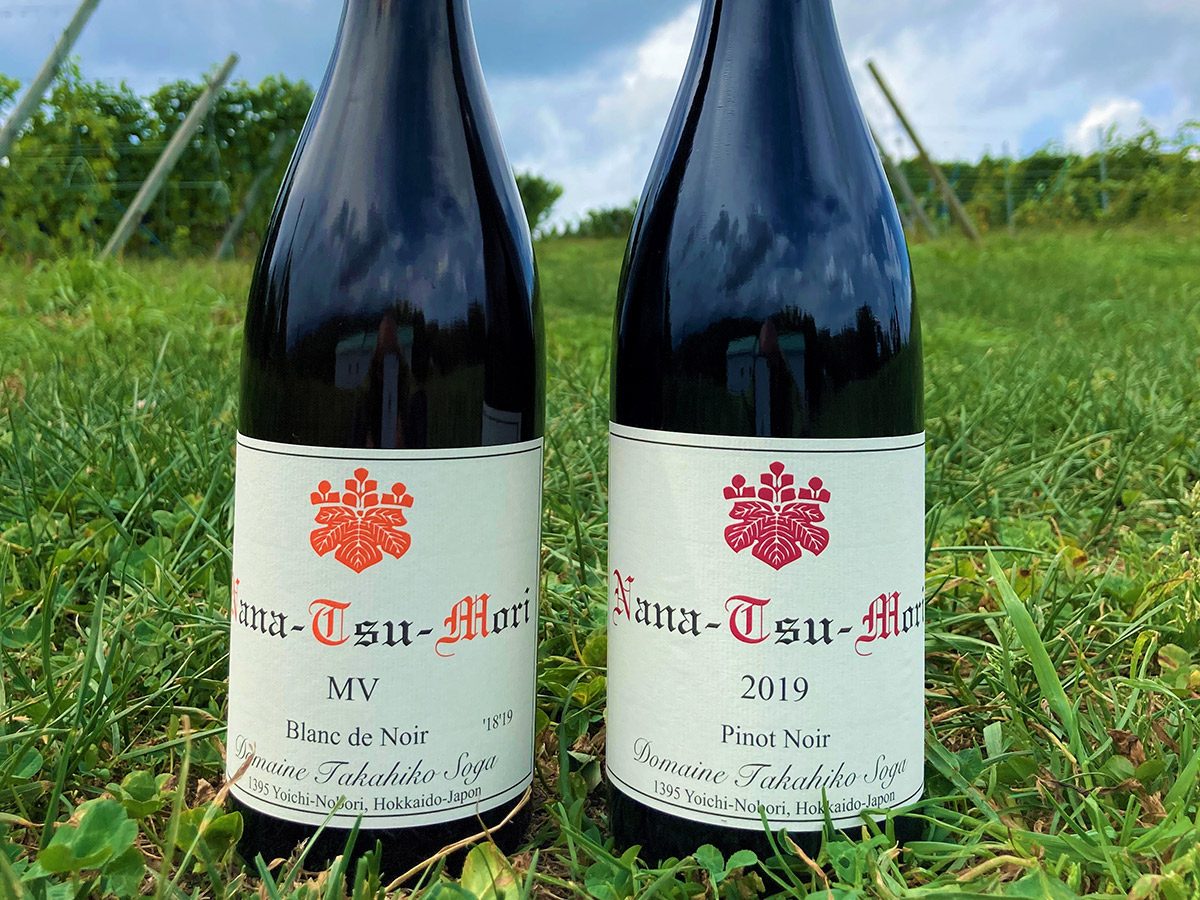Visiting
Domaine Takahiko
~Part II Winemaking as Told by Mr. Soga~

1395 Noborimachi, Yoichi-chou, Yoichi-gun, Hokkaido
http://www.takahiko.co.jp/
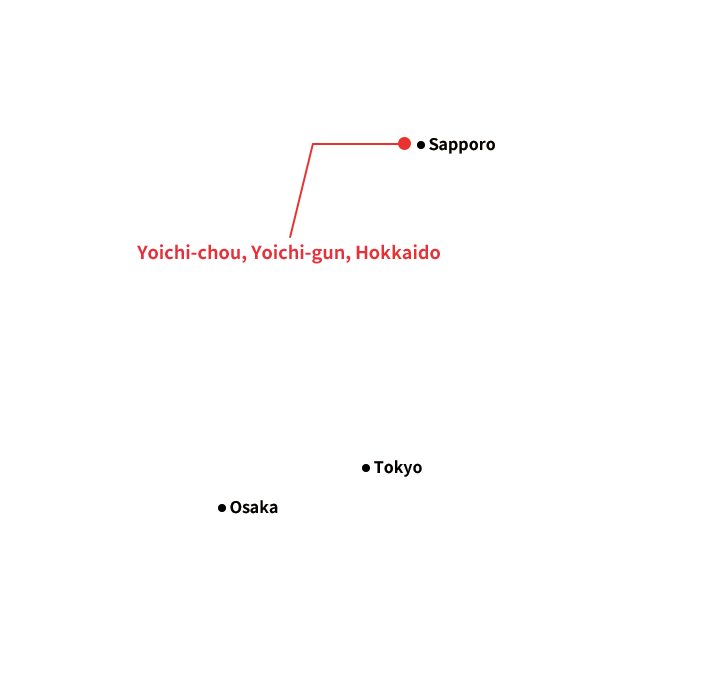
-
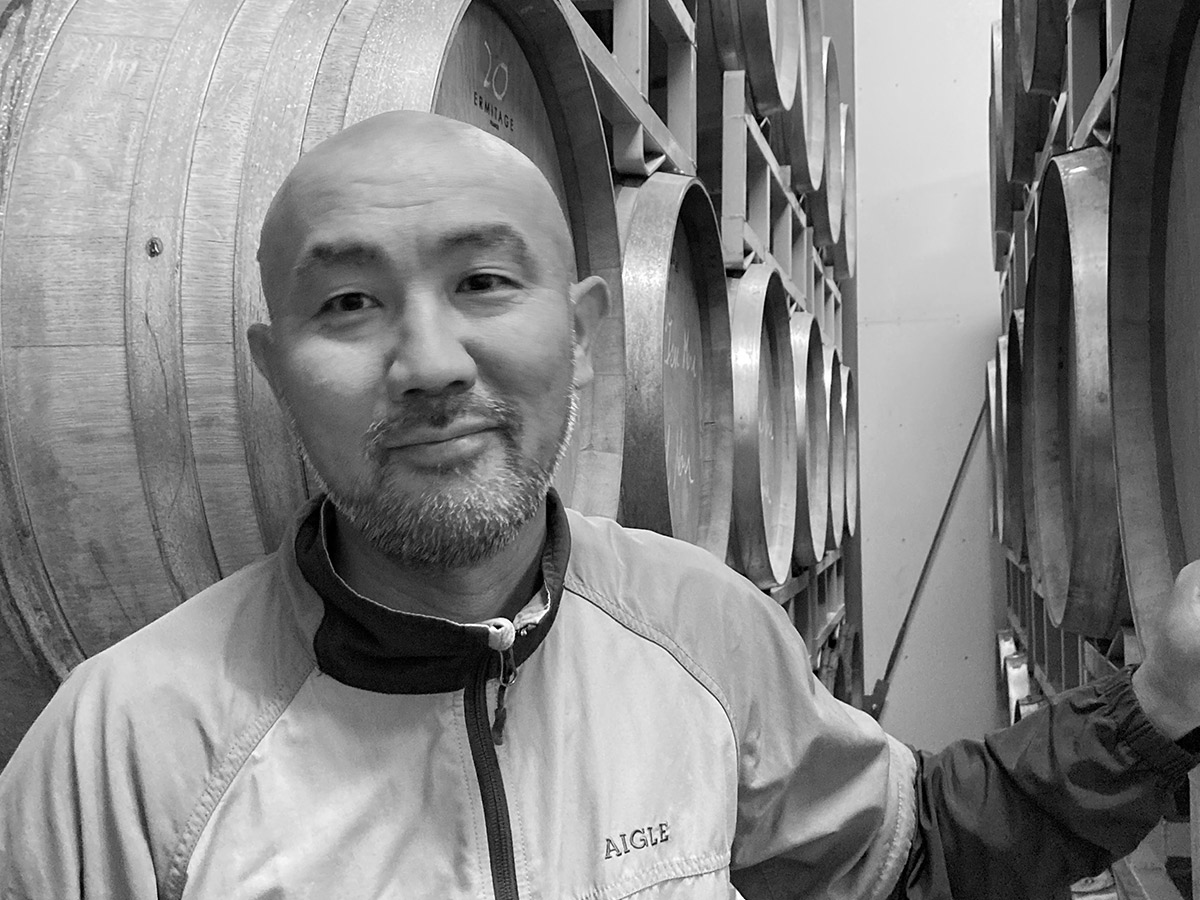
-
About
Mr. Takahiko SogaRepresentative of Domaine Takahiko
Mr. Soga was born as the second son of his father, owner of Obuse Winery, in Nagano. After studying oenology at Tokyo University of Agriculture, he went on to become a microbiologist while working at the university. However, he decided to join Coco Farm Winery after an invitation by Mr. Bruce Gutlove, a winery consultant he met during his university research days, and because he could not forget his fascination with wine. While working as a farm manager for 10 years, he traveled all over Japan and the world visiting wine regions. In 2010, he established Domaine Takahiko with the aim to make the wine he envisions. He has been making wines that focus on the distinctiveness of Japan, Japanese culture, and climate ever since. In recent years, he has also undertaken training and supporting new wine growers.
-
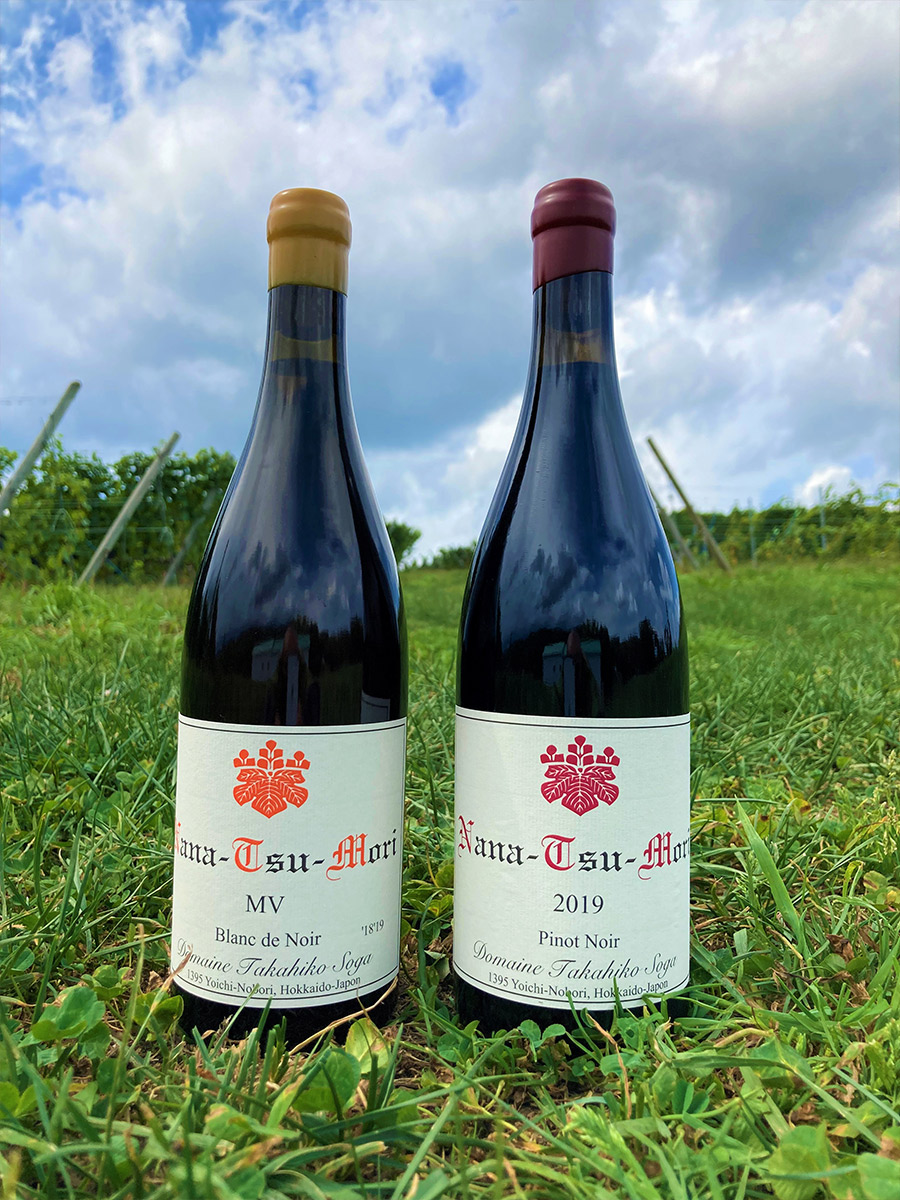
Nana-Tsu-Mori Blanc de Noir MV
Nana-Tsu-Mori Pinot Noir 2019 -
Organic Cultivation of Pinot Noir
A Turning Point,
Blanc de NoirOrganic viticulture is generally considered to have a higher risk of gray rot outbreaks. Half the grapes from Domaine Takahiko’s 2012 harvest had to be thrown away that year as a result of one such outbreak. In 2013, their entire harvest was almost completely wiped out. A turning point came after referencing a winemaking technique employed in Alsace, France. In Alsace, black grapes afflicted with the Botrytis cinerea fungus are used to make a still white wine known as “Blanc de Noir.” Mr. Soga simply used those same techniques with his own grapes.
“Blanc de Noir is made from grapes with Botrytis cinerea, where no SO2 is added and no barrel aging is performed, and yet every year the wine produced does not have any issues. If we in Japan are afraid of microbes and use too much SO2, it makes it difficult to ferment,” Mr. Soga said.
Following “Nana-Tsu-Mori Pinot Noir,” a red still wine, “Nana-Tsu-Mori Blanc de Noir” is said to be a fantastic wine that’s difficult to find due to its popularity.
Prevent Disease by Blower and Eliminate Insect Damage by Plowing
Pinot Noir has been found to produce excellent Blanc de Noir even when afflicted with Botrytis cinerea, but Mr. Soga is devising organic farming methods to produce the red wine he envisions.
“In recent years, we have been using a blower to blow off flower debris frequently after flowering to prevent the disease. Now we see only the same degree of gray rot as farmers who use pesticides. We also found that we can eliminate insect damage by plowing the fields, even though we used to do no-till cultivation. We exchange information with other farmers around us to improve each year as various problems arise and solutions are found,” Mr. Soga explained.
-
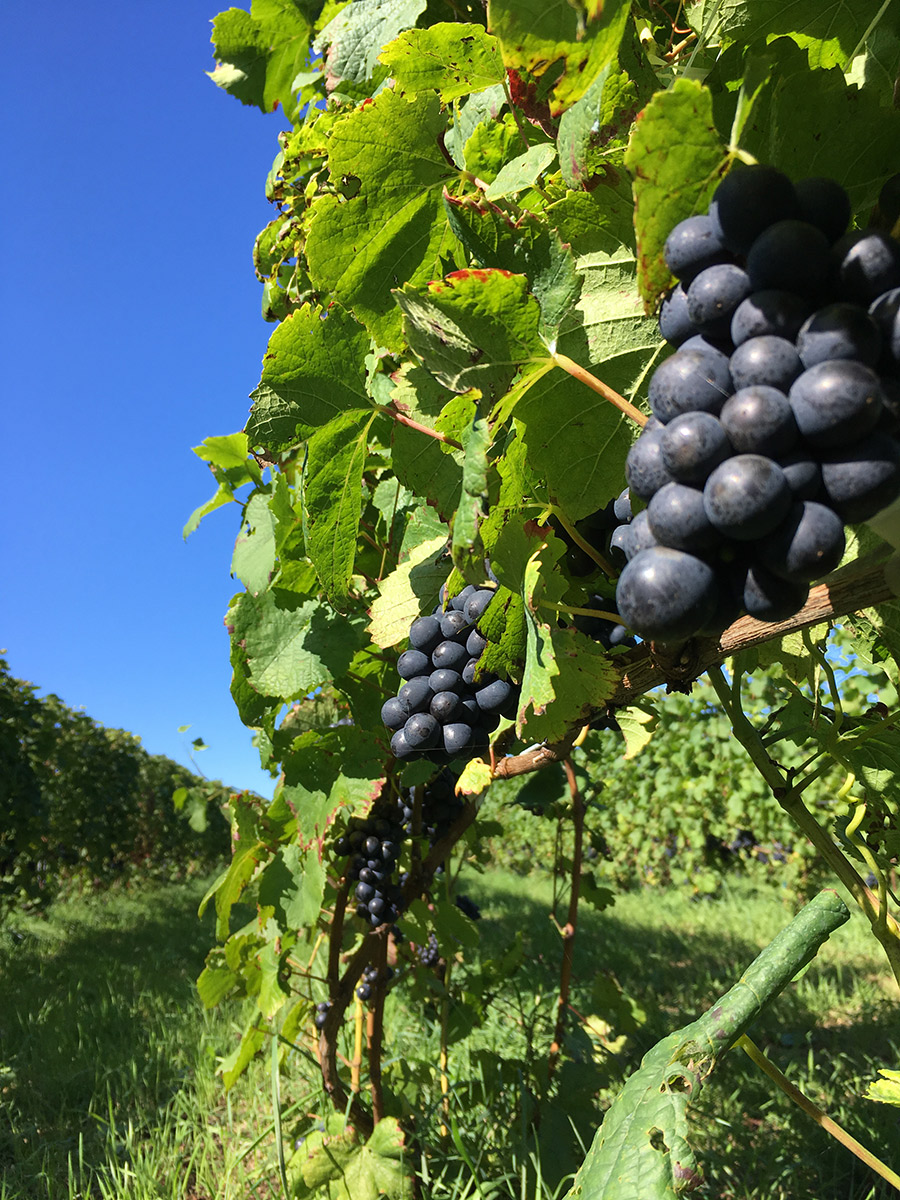
Pinot Noir at Domaine Takahiko -
The Appeal of Japan Wine, “Umami”
“Umami” is a key word in Mr. Soga’s wine. When asked, “Where does umami come from?” Mr. Soga explained the relationship between Japan’s natural environment and umami.
There Is Definitely a Lot of Umami in Our Grapes
“Many scholars believe that plants do not absorb minerals, but in European countries, grapes are grown in hard water and hard limestone soils, resulting in hard wines. In Japan, grapes are grown in soft water and soft volcanic soil, resulting in soft wines. Soft water easily expresses umami. Fruits, especially vegetables, made from soft soil have a definite flavor. The umami you feel in grapes may not be monosodium glutamate or anything like that, but what I mean by umami is the umami you feel when you eat, say, asparagus. There is definitely a lot of umami in our grapes. I think we should be proud of that,” Mr. Soga confidently explained.
-
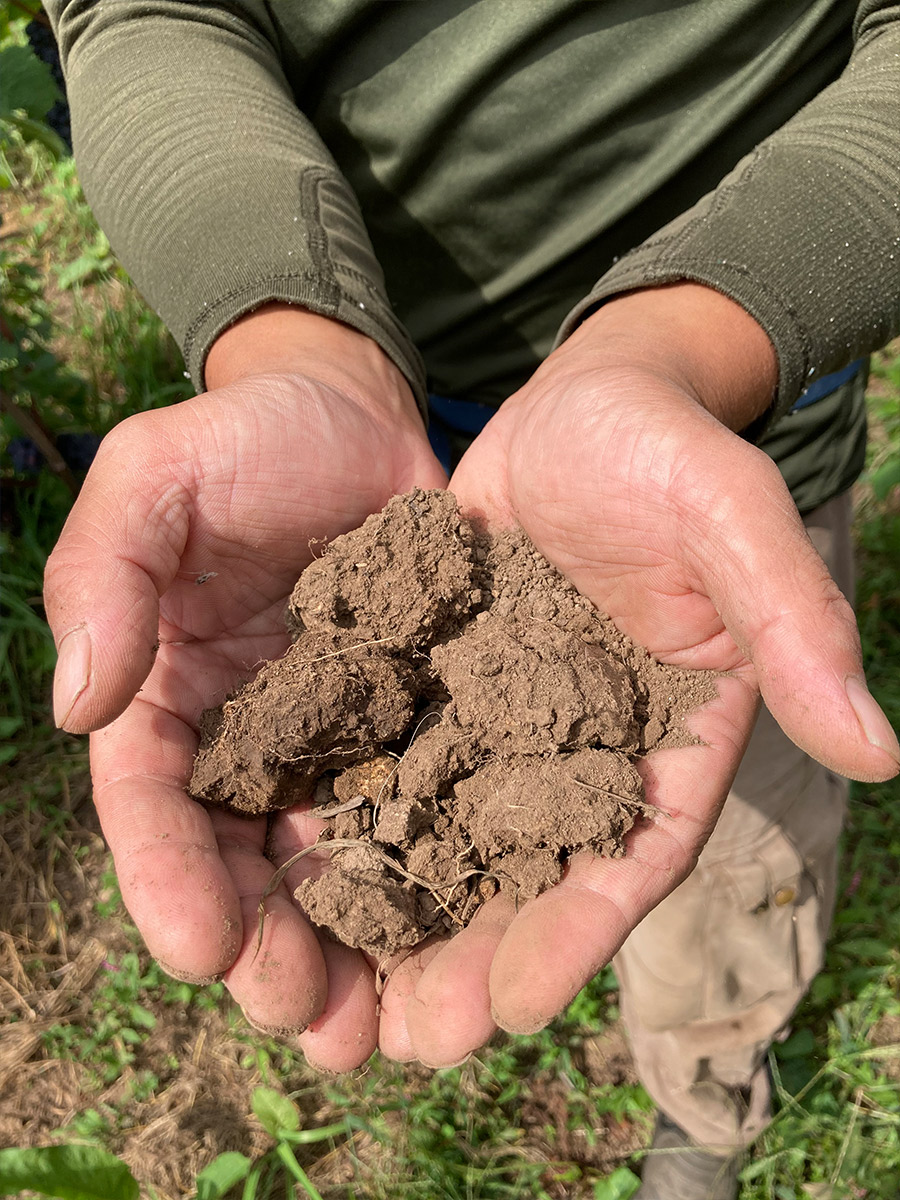
-
Grapes with Umami Come
from the SoilIn Japan, grapes such as Kyohou and Pinone produced for food have large grains, umami and aroma. The taste of these grapes is said to come from the soil makeup.
“Japan is a soil-making culture, and the grapes from such soils definitely have a higher amino acid content. Perhaps Japanese wines have a relatively high pH. The higher the amino acid content, the higher the pH tends to be. Burgundy, one of the world’s most famous Pinot Noir regions, also has a lot of microorganisms in its Grand Cru hillsides, so you can taste umami as it matures. It is the unique flavor that comes from a rainy land. In Burgundy, rainfall increases the number of microorganisms which naturally accumulate in the topsoil. The more microorganisms there are in the soil, the more pronounced the umami in the grapes will be.” Mr. Soga explained.
Winemaking in Harmony with Microorganisms
In countries that make wine on a large scale, such as the United States, Australia, and Chile, grapes are grown in areas that are less forested and dry, which means less microorganisms. Japan is the opposite, as it grows grapes in rich, rainy soils.
“Japan is an area with many microorganisms, so it is not difficult to use them in fermentation. Various microorganisms, such as lactic acid bacteria, engage in friendly competition. I recognize them and ferment with wild yeast. My basic concept in winemaking is to maintain that harmony with microorganisms. In Burgundy, the grandparent’s generation makes wine by simply throwing their grapes into vats. I believe that Japan is an area where this is even more possible than in Burgundy.” Mr. Soga said.
-
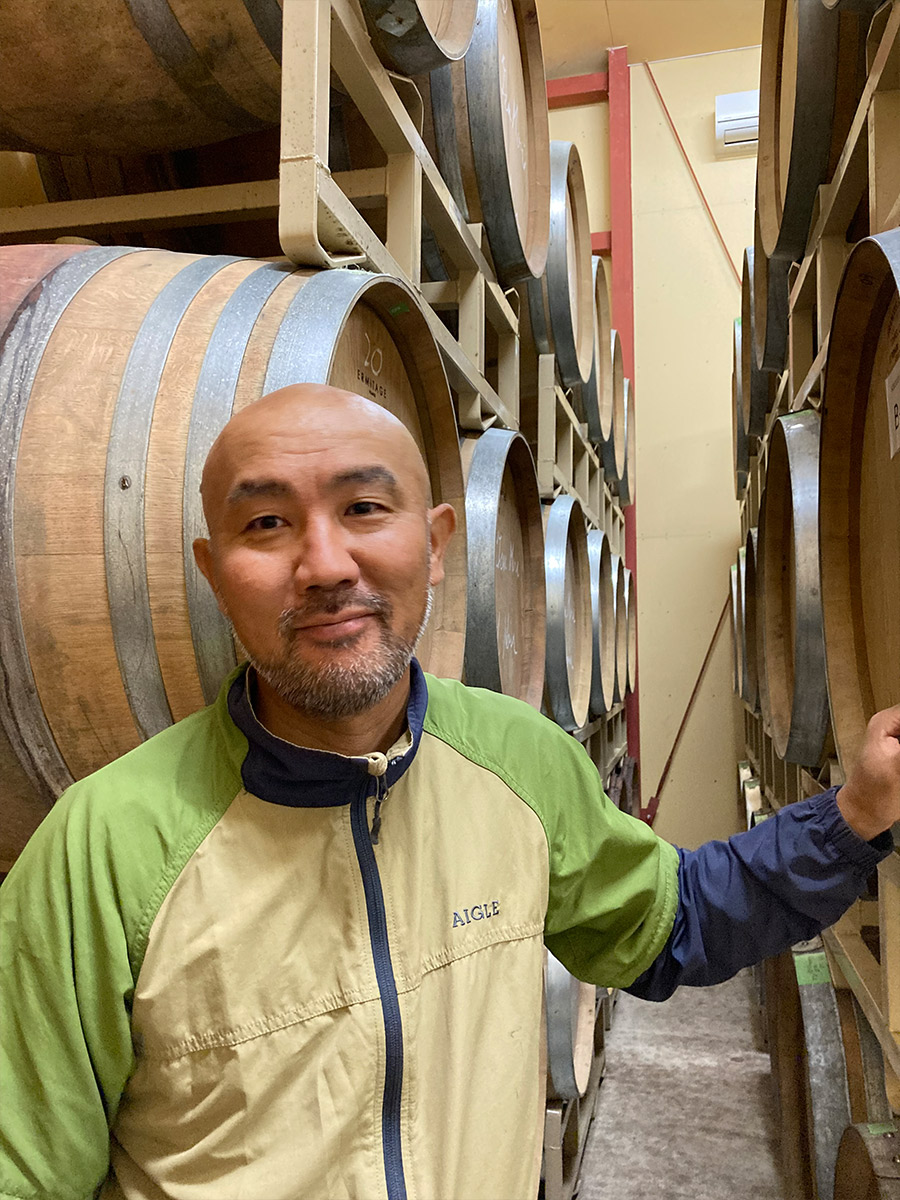
-
My Future Goal
To Create a Hokkaido Identity
Mr. Soga also provides generous support to new wine growers. Good wines are being produced in Yoichi by wineries from all over the area, including those who have completed their training at Domaine Takahiko.
“I have done a fair amount of scientific study, so if something goes wrong, I can follow up. I hope I can provide that kind of relief since I don’t believe that only my own taste is good. If the number of small wineries increases to about 200, and the thoughts, atmosphere, aroma, and taste of each winery somehow creates as common thread, then the terroir of Yoichi will be formed. That is one of my dreams,” Mr. Soga said.
Want to Disseminate the Aroma and Taste that Can Be Expressed Only in Japan
In 2020, news came that brought a flash of hope for the Japanese wine industry. “Nana-Tsu-Mori Pinot Noir 2017” was added to the wine list of Noma, a Nordic restaurant in Denmark that has been ranked number one in the world four times by the British restaurant magazine’s “World’s 50 Best Restaurants.” This event inspired Mr. Soga to use the keyword “umami” to export Yoichi’s other wines to other countries as well.
“Since being listed by Noma, people overseas have become more interested in umami. I think that Japanese people should have confidence in the potential of Japanese flavors. We should send out to the world more aromas and flavors that cannot be expressed anywhere else overseas. Natural wine is not the only way to go, but I think it would be good to change the way we think about how to preserve umami in wine. It is not a wine that will get a good rating in competitions, and when Japan says ‘umami,’ the world may react with ‘What?’ However, if we can establish a genre called ‘Japanese wine with umami,’ it will become an interesting industry. In the past, I thought it would have been presumptuous to say this, but now that I’m getting older, I think my next assignment is to lead everyone. I hope I can build a such a base.” Mr. Soga said.
Passing It on to the Next Generation
Mr. Soga thinks of life in 10-year spans. It has been 10 years since he started Domaine Takahiko, so he started exporting as the next stage. After another 10 years, he is thinking of passing it on to the next generation.
“I don’t want to expand the size of our vineyard too much because I can live happily without it being that big. However, as my family grows, I need to make it a little bigger, so I am planning to make our vineyard bigger. The Zweigeltrebe from Yoichi have a good characteristic, so I would like to grow them in our own vineyard. But I don’t think it’s good to change too quickly, so I want to take it easy and prepare for the next generation at a snail’s pace.” Mr. Soga said.


